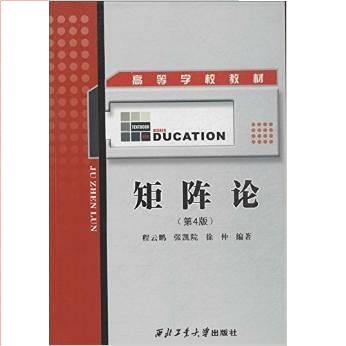Holographic MIMO communication was proposed to sufficiently exploit the propagation characteristics of electromagnetic channels and boost the channel capacity. Unfortunately, the application of the electromagnetic theory to the electromagnetically large (compared to the wave-length) antenna arrays leads to a non-separable correlation structure for the small-scale fading due to the coupling effect between the transmit and receive antennas. Such a non-separable correlation structure poses challenging issues for characterizing the fundamental limits of holographic MIMO channels, which has not been tackled in the literature. In this paper, we investigate the distribution for the mutual information (MI) of holographic MIMO systems with the non-separable channel correlation, where both the line-of-sight and non-line-of-sight components are considered. We set up a central limit theorem for the MI by random matrix theory (RMT) and give the closed-form expressions for the mean and variance. The derived results are used to approximate the outage probability and reveal interesting physical insights regarding the impact of antenna spacing. It is shown that reducing antenna spacing will improve the ergodic MI and decrease the outage probability of holographic MIMO systems. The scaling law of the ergodic MI with respect to the antenna spacing is also derived. Numerical simulations validate the accuracy of the evaluation results.
翻译:暂无翻译



